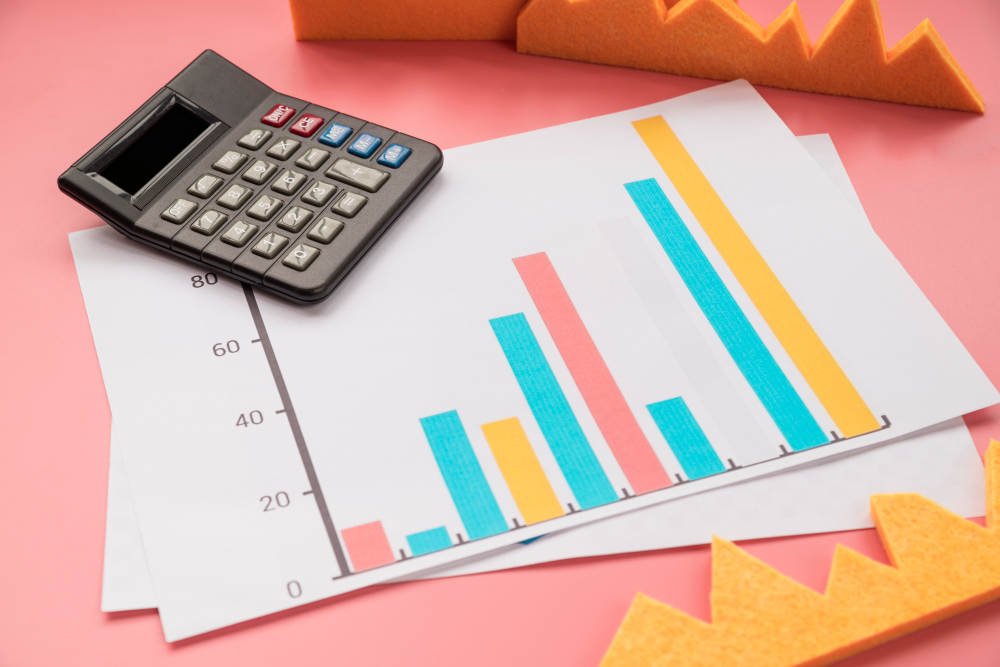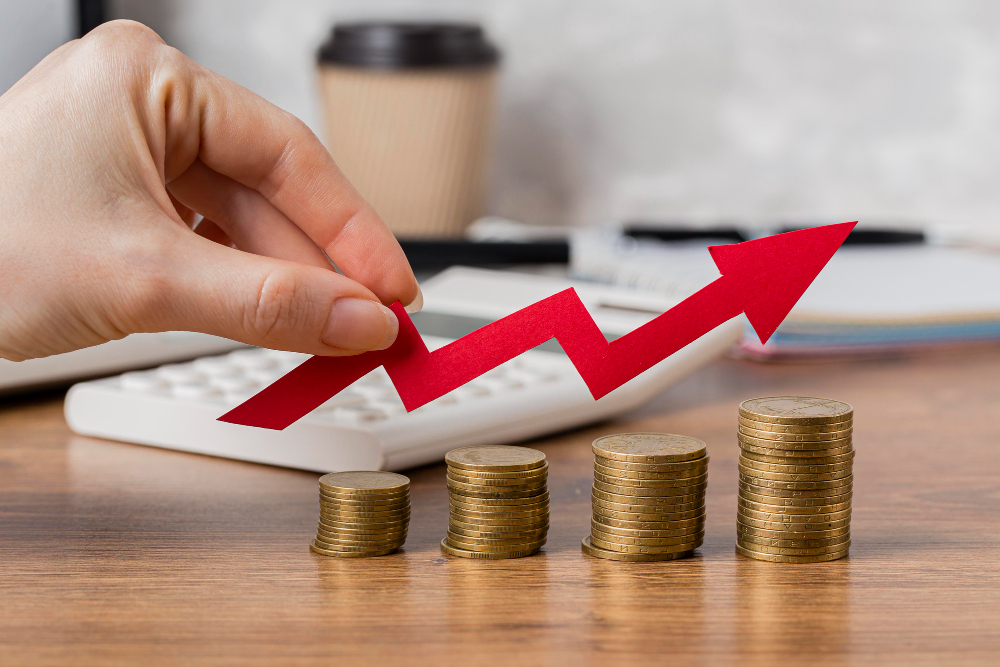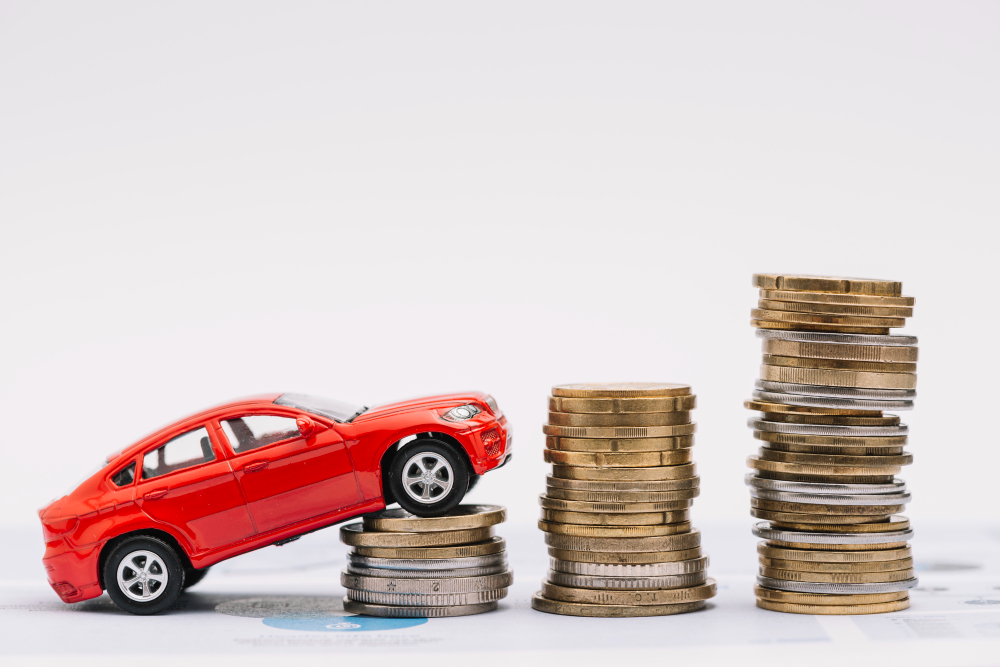Transcript:
Joshua Cannell:
Hi, everyone. Welcome to one of our training seminars that we’ve got. Today I’m with Sarah. And we’re going to be talking about how to maximize your deductions to claim in your individual tax returns. It’s probably a very common question that we get from a lot of clients, is what can we claim and how do we claim it and how does it work? So I think this is quite a key aspect of your return and yeah, hope this gives you guys some help. What we’re basically going to run through is the differences between a tax offset and a deduction. So what’s the difference between the two and then we’re mainly going to focus on the deduction side of things.
Joshua Cannell:
So go into some examples and what you need, and also maybe some record keeping as well. So first of all, a deduction is basically an expense that reduces your taxable income, it doesn’t actually reduce the actual tax payable. In terms of a deduction, when you pay for the expense, you get a percentage of that deduction back in your tax. And that all depends on your marginal tax rate, but it’s different for a tax offset.
Sarah Lee:
Yeah. So with a tax offset that reduces your tax payable. So recently the government introduced tax offset for low to mid income earners, and that was $4,000. So that gets taken off from the tax payable.
Joshua Cannell:
Yeah. So you’re basically getting that a hundred percent off your tax payable instead of being a percentage. So yeah, it’s a key difference to sort of note. Yeah, so that’s pretty much the gist of the deductions in general. So I think it’s important to sort of identify what the deduction is and how you can sort of claim it. Really the two important things to note is really, you have to have incurred the expense and the expense has to be in a direct nexus of your assessable income. What I mean by that is, with incurred, it’s basically you should have paid for the expense and actually incurred the expense yourself. And in relation to direct nexus, it has to be directly related to producing assessable income.
Sarah Lee:
And we’re just go into some of the common deductions that people generally claim. So yeah, the first one being motor vehicle. So there generally two methods, we have the cents per kilometre method and we also have the log book method. So with the cents per kilometre this year, the ATO rate was 68 cents per kilometre, from first July, 2020, that goes up to 72 cents. And it is important to note that the maximum business kilometres was 5,000. And that gives you a maximum of about $3,400 to claim. And you do need to make sure that you are keeping records of this travel, just so in the event of the ATO asking you for details, you have that ready, you can just send that off now.
Joshua Cannell:
Sorry to interrupt, but for record keeping for business claim on that, a simple diary is sufficient enough.
Sarah Lee:
Just on excel.
Joshua Cannell:
Yeah, yeah. Something just quickly summarizing.
Sarah Lee:
It doesn’t have to be to fancy. Yeah. And of course with the log book method, you just need to keep track of your business use percentage of your vehicle. And that needs to be over a continuous period of 12 weeks. And this log book is valid for five years. So you’ll just apply that same percentage across the five years. Yeah. So it applies to everything just running cars, depreciation. So it’s pretty handy and we do recommend this one.
Joshua Cannell:
This is a key one that we actually really enjoy. It helps when that’s prepared. The second sort of common deduction that you see is laundry and clothing. So basically claiming for expenses that you could incur clothing, don’t get confused you can’t claim everything. So not just personal clothes that you can get has to be either work specific. So for instance, as a chef, you’ve got chef pants, chef hat. Uniforms, so company uniforms-
Sarah Lee:
You need to have a logo on there as well.
Joshua Cannell:
A logo needs to be planted on there. So yeah, obviously don’t get too crazy with that one and protective clothing as well. So protective goggles, protective boots.
Sarah Lee:
Shoes, or even sunscreen, if you working outdoors. Yeah. [crosstalk 00:04:06]
Joshua Cannell:
Yeah, of course. So laundry expenses as well, that can be claimed for the uniforms and the clothing like that can be claimed as well. Either on a $1 per load basis, if it’s completely washing for those work-related clothes or a 50 cent per load basis, if you’re claiming with your washing of other clothes as well. So if you washing once a week, and it’s just purely work clothes for 52 weeks, that’s $50. That’s your claim. It’s important to note, record keeping for that as well. So there are certain limits and exceptions you can have. So if you are claiming more than $150 in clothing and more than $300 in your total work-related expenses, you have to keep records. For instance, if you’ve got less than $150 in clothing, so you buy boots for $90 and your overall claim for workload expenses is $3,000. You don’t need records for that specific clothing, but you just got to be careful of those limits.
Sarah Lee:
So the other one was gifts and donations. So with donations, if you’re making it to a deductible gift recipient that becomes tax deductible. So do make sure that if you want to include that in your tax return, you have to just check for that. So you can go onto the ABL website or even on the website of the organization that you’re donating to. And they usually will have that information for you. So just one thing to note with your gifts and donations, for it to be tax deductible, there shouldn’t be any benefit that you receive. So for example, if I were kind of donating money and I’ve got a raffle ticket in return, so that wouldn’t be tax deductible because I’m in a position that I could potentially win a prize. So that’s the benefit that comes back to me.
Joshua Cannell:
It might be for a good cause, yet if you have that potential benefit that’s there, it’s sort of-
Sarah Lee:
Unfortunately.
Joshua Cannell:
Another important one as well that’s been developing a lot is home office expenses. So recently the ATO have actually come out with some new rates considering everyone has to work from home from this unfortunate global pandemic. The normal rate for home office expenses is applying your work from home and apply it by the fixed rate of 52 cents. That’s the fixed rate method, or you’ve got the actual method where you can actually work out your specific deductions you’ve incurred and then apply a percentage on what you’ve worked from home and apply that to your deduction. The new rate that has come out from the ATO regarding working from home during the COVID lockdown period is from March 1, 2020 to 30 June, 2020. And I think they’ve extended as well for next financial year, but more into 2020, because we’re doing 2020 returns, this rate is at 80 cents per hour.
Joshua Cannell:
So that’s an accelerated rate, obviously because the ATO have realized that people are going to be working from home a lot more and there’s going to be a bit more of cost involved. So that’s the new fixed rate. So if you have worked from home the whole year, we can apply the 52 cents up till the 1st of March, and then we’ll apply the new rate as a shortcut method. So you sort of maximizing your deductions there, but yeah, it can get quite tricky as well. So it would be helpful to get in contact with us or contact with your accountant if you want to look into that further.
Sarah Lee:
And the last one that we have for you today was for tools and equipment. So if you say you’re a tradie and you have all these equipments that you need for work, those would generally be tax deductible and anything that’s under 300, you get an immediate write off for, and anything above you’d have to depreciate that. And so just linking that as well with your motor vehicle expenses. If you need to transport these equipment and it’s heavy and bulky and you have nowhere to store them and you’re using your vehicle to transport them onsite or to your client’s place, that would be also considered a work trip and that would be tax deductible.
Joshua Cannell:
Yeah. So that’s basically the most common examples that we see. I hope this was helpful for you guys. And if you have any questions, please don’t hesitate to reach out to us. We’re always happy to have a chat and yeah we’ll see you next time.
Sarah Lee:
See you.






